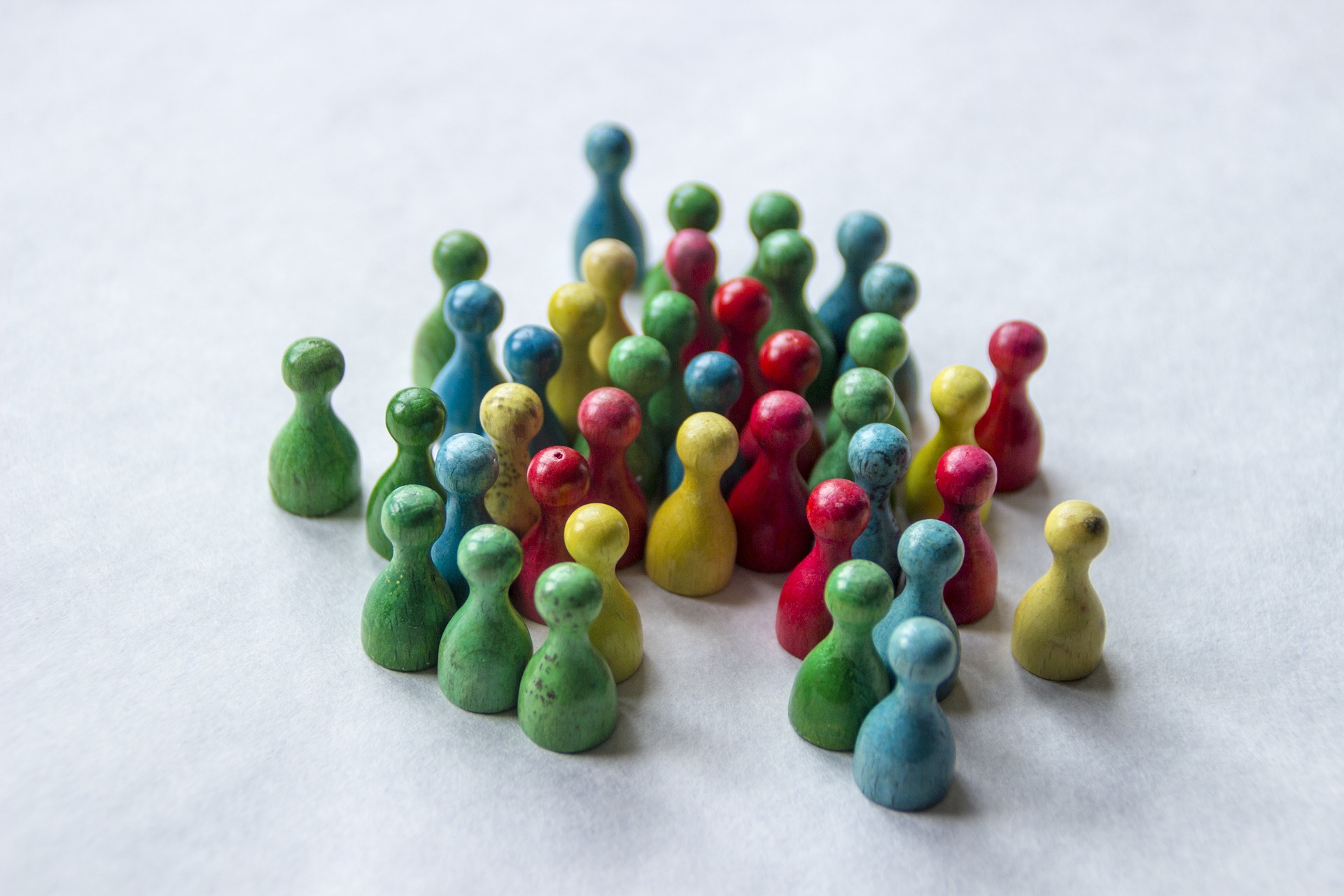Dissecting the Role of Social Media in Contemporary Activism
Social media has become the gateway to modern activism. It has transformed the way people rally for change, allowing them to transcend geographical boundaries and unite behind common causes. Through a keen examination of this trend, we can understand how social media is shaping the landscape of activism and what this means for our society.

From Picket Signs to Hashtags: The Evolution of Activism
Before the advent of the internet, activism was predominantly a physical activity. It involved attending protests, distributing pamphlets, and participating in sit-ins. However, the emergence of social media platforms like Facebook, Twitter, and Instagram has revolutionized this landscape.
These platforms have become the epicenter of modern activism, providing a space for individuals and groups to share their views, rally supporters, and coordinate activities. The hashtag has replaced the picket sign as the symbol of protest, with movements such as #BlackLivesMatter and #MeToo showcasing the power of social media in amplifying voices and effecting change.
The Double-edged Sword: The Pros and Cons of Social Media Activism
The benefit of social media activism lies in its accessibility and reach. It allows people to engage in activism regardless of their location, creating a global community of activists. Moreover, it provides a platform for marginalized voices that might not be heard in traditional media.
However, social media activism also has its drawbacks. The ease of sharing and spreading information can lead to the dissemination of false or misleading content. Moreover, the transient nature of social media trends can result in “slacktivism” – a term used to describe low-effort, low-impact participation in activist causes.
Case Study: The Arab Spring and Social Media
The Arab Spring, a series of anti-government protests that swept across the Middle East in 2011, is a prime example of the power of social media in activism. Protesters used social media to share real-time updates, organize protests, and expose government abuses. It highlighted the potential of social media to facilitate grassroots mobilization and circumvent state-controlled media.
Future Implications: Social Media and the Next Wave of Activism
As our world becomes increasingly interconnected, the role of social media in activism is likely to grow. It is already being used to raise awareness about climate change, fight for racial justice, and advocate for LGBTQ+ rights. However, as the influence of social media grows, so too does the need for responsible use and critical consumption of information.
Navigating the Digital Activism Landscape
Social media has undeniably changed the face of activism, providing new opportunities and challenges. It has democratized activism, making it more accessible than ever before. However, it also necessitates a greater responsibility for critical engagement and fact-checking. As we navigate this new landscape, it is imperative to use social media as a tool for positive change, while also being mindful of its potential pitfalls.




